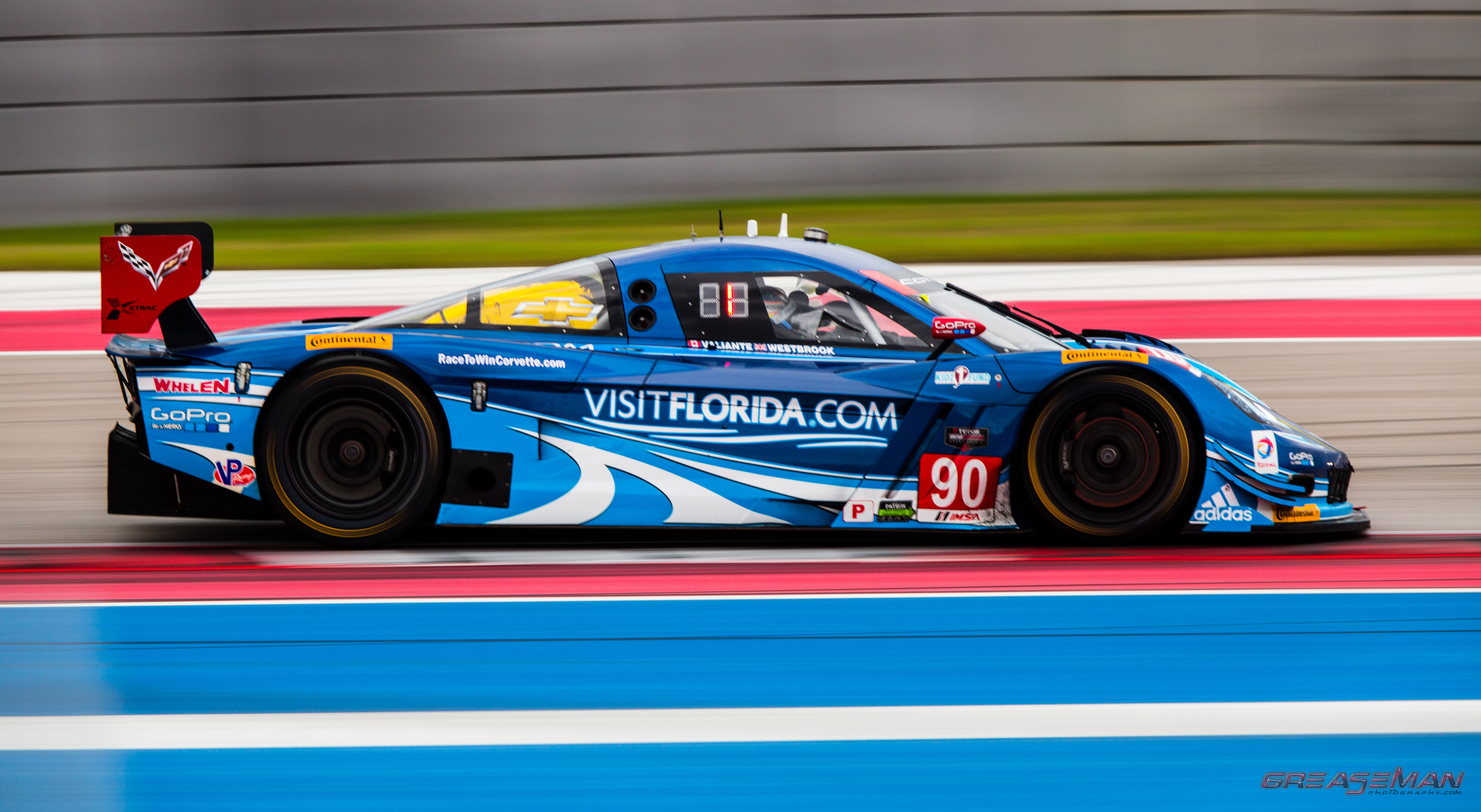
Lone Star Le Mans 2014
By Steve Snow
AUSTIN, TX Circuit of the Americas is home to Formula 1 in the United States, however, many other race events are held there throughout the year. One specifically being Lone Star Le Mans.
Lone Star Le Mans weekend consists of 2 separate, racing organizations…TUDOR United SportsCar Championship and FIA Word Endurance Championship. Each with their own vehicle classificatons.
TUDOR United SportsCar Championship: features 2 types of machines…The GT (Grand Touring) and the Prototype. Each type then have 2 classes…Pro and Pro-Am
–Prototype (P) vehicles are the fastest and have the highest amount of technology incorporated into their systems. These cars do not resemble their street counter parts.
–Prototype Challenge (PC) vehicles are an open-cockpit design and feature carbon fiber chassis, carbon brakes, and a sequential gearbox.
–GT Le Mans (GTLM) are based on production models such as the Chevy Corvette, Ferrari 458, Viper SRT and others. These vehicles are the fastest of the GT cars and are designed in a way to allow for the highest performance possible
–GT Daytona (GTD) cars have strong technology enhancements and also based on their production brothers and sisters. This class has less power and aerodynamics than the GTLM field. GTD class has it’s own sub-class categories…GRAND-AM GT, ALMS-GT, and FIA GT3-spec
FIA World Endurance Championship: are separated into the following…LMP1, LMP2, LMGTE PRO, and LMGTE AM
–LMP1 class are the most technologically advanced machines on the track. Boasting high horsepower engines, some using a mixture of petrol and electrical energy. LMP1 cars are reserved for independent private teams. They only receive the engines from their chosen manufacturer. Teams are not allowed to have manufacturer financial backing. These vehicles have elaborate aerodynamics and advanced tuning. To the average person, one might not believe it is a car at all. Vehicle number panels are to be pantone red 485 with white numbers.
–LMP2 class have either an 8 cylinder engine not to exceed 5000cc or a turbo/supercharged 6 cylinder engine not exceeding 3200cc. These cars have advancements in aerodynamics which much meet certain restrictions. Such as front overhang is limited to 1000mm and the rear overhand (including rear wing) limited to 750mm. A crew of 2 or 3 drivers, which must include at least 1 Silver or Bronze designation. Their number panels are pantone blue 653 with white numbers.
–LMGTE PRO/AM classes are only separated by the type of driver…Professional and Amateur. These vehicles resemble their production based models by either being 2 door, 2 seats, or 2+2 seating configurations. They can be open or closed cockpit as long as they can be used legally on the open road as originally designed and sold. The engine capacity for naturally aspirated versions is 5500cc and 4000cc for turbo/supercharged platforms. LMGTE-PRO carry the pantone green 355 with white numbers. LMGTE-AM have the pantone orange 021c with white numbers. Both are restricted to fuel capacity of 90 litres (23.77gal)
The 3-day weekend begins with the usual practice, then qualifying, and finally the green flag. Spectators are able to sit back and enjoy their favorite drivers and teams battle it out for pole position. With paddock and pit walks, the ability to get up close and personal to the amazing machines is an opportunity that even the novice fan should take the opportunity. Lone Star Le Mans 2014 was the first race which began in the hot sun and ended under the bright stars of Central Texas. If you’re not familiar with the weather in these parts, sunny skies can turn to dark, ominous clouds very quickly. Race day was no exception.
Just shortly after the green flag dropped, torrential rains dropped onto the track. Many drivers attempted to stay out as long as possible before ultimately being called in due to a black flag condition. Standing water caused hydro-planing, off track incidents, and even a few vehicle crashes. The grandstands erupted with “OOHS” and “WOAHS” as tires slipped the track and carbon fiber panels dislodged from their machines. After quite some time under the black flag, the track was able to disperse the heavy rains with some help from pockets of sunlight and official track trucks equipped with large jet dryers.
Racing resumed just as the Texas sun was setting and the competition was back on.
All in all, the weekend was absolutely fantastic. High egos, bragging rights, and of course, getting to hold that crown jewel trophy at the checkered flag was the goal every driver was fighting for.

















